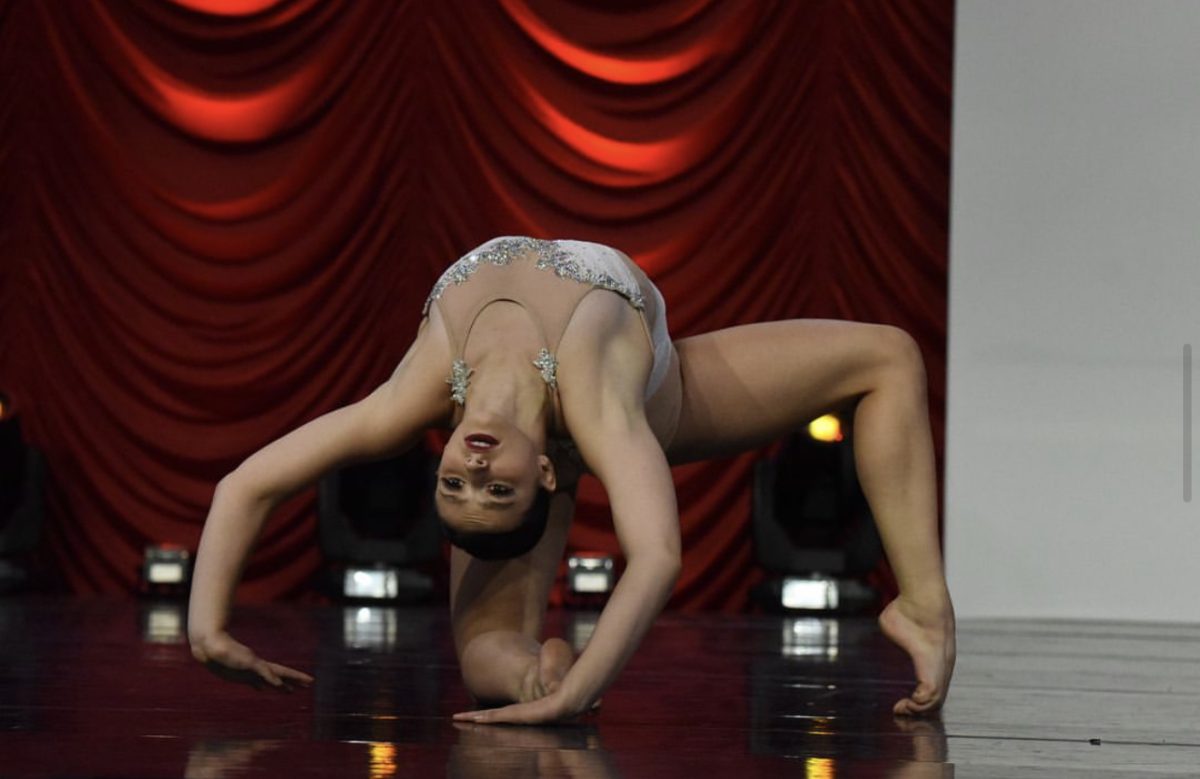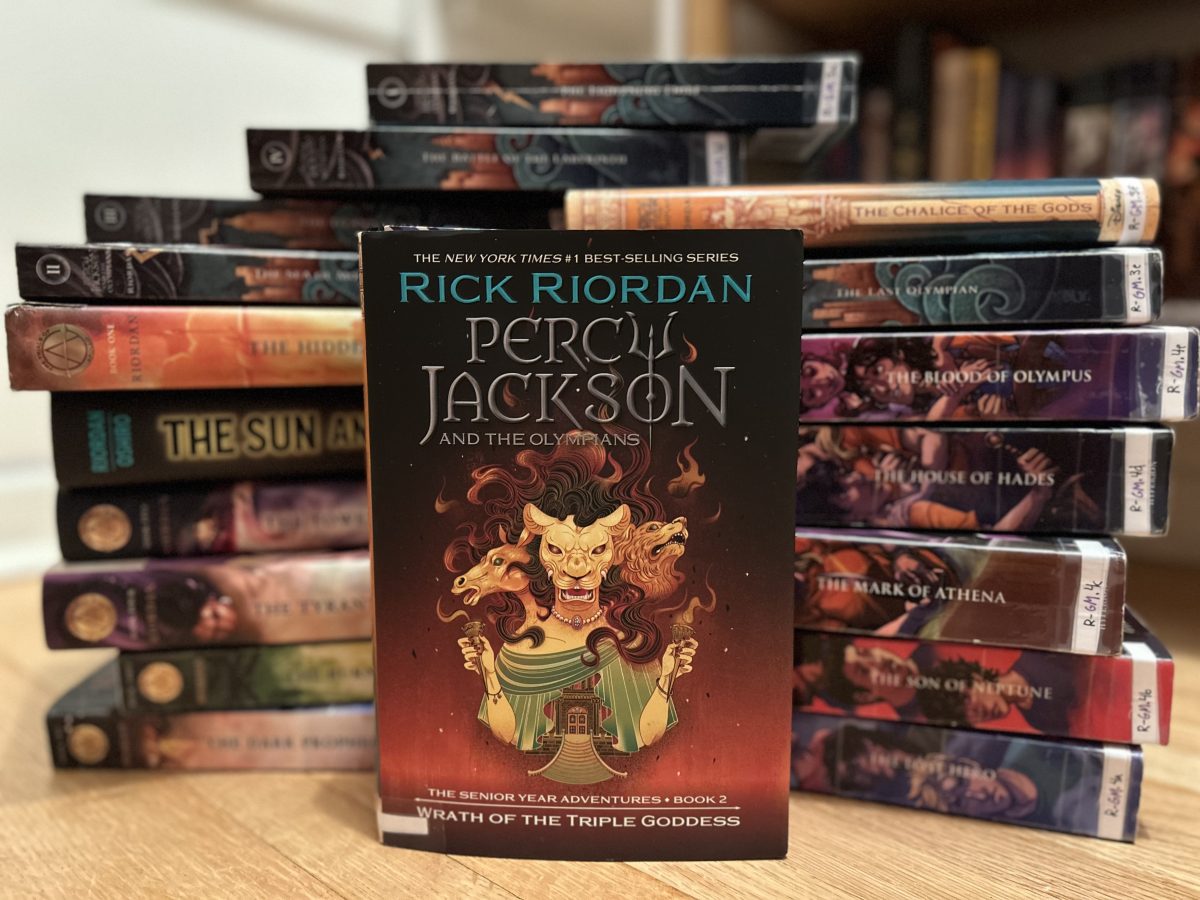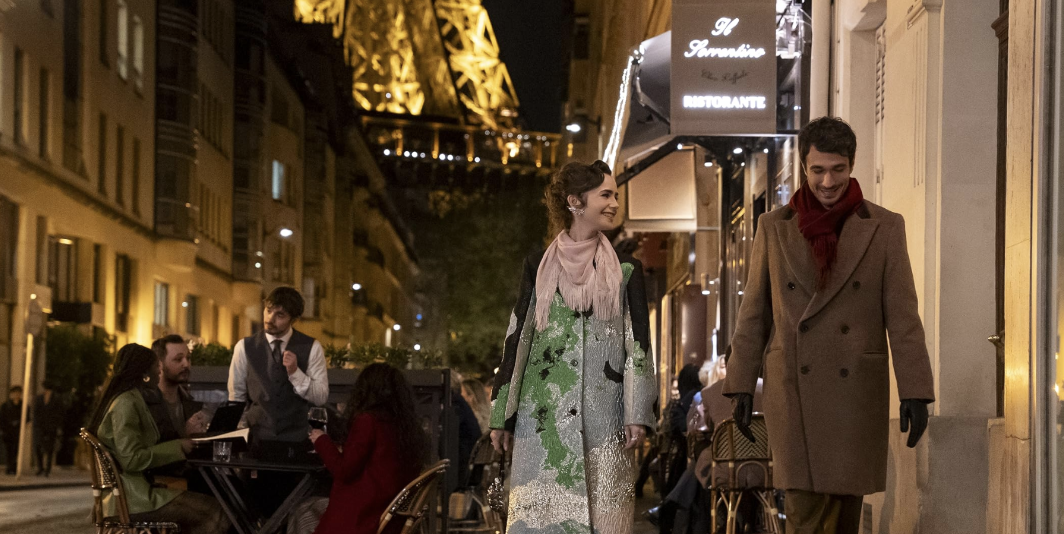Ensnared by the most unfortunate of circumstances, Finnish mother Maria Larsson (Maria Heiskanen), in the movie “Everlasting Moments,” discovers art’s ability to transcend misery and sanctify, if only, a brief moment of happiness. Through the lens of an old Contessa camera, Maria not only captures the fleeting moments she holds dear, but also establishes an identity of her own.
After forty years of behind-the-camera experience, director Jan Troell has shelled out his share of historical dramas (most notably “The Emigrants” and the “New Land” from the 1970s), and has recently found critical acclaim with his latest film “Everlasting Moments.” His cinematography, balanced by artistry and unpleasant reality, elevates this film to the pinnacle of his previous success.
Taking place in late twentieth century Sweden, a time when women were forced to face a silent oppression and austerity, Troell’s melodrama, “Everlasting Moments,” reveals an epic story beautiful to behold. Serving as his own cinematographer, Troell displays haunting, sepia-drenched images that tell the allegedly true tale of a woman using her passion for photography as a means to escape the despair of an abusive, alcoholic husband.
Maria struggles to care for as many as seven young children, one of whom is afflicted with polio, in the turbulent times of early World War I. Despite her husband (Mikael Persbrandt) Sigge’s succession of numerous affairs, lost jobs, and physically abusive behavior, Maria finds it within herself to continually stand by his side. She encompasses a rare sense of persistence, but it’s her newfound love of photography, propagated by local portaiture proprietor Sebastian Pedersen (Jesper Christensen), that ultimately sees her through.
The fascinating intensity of Maria’s deep-in-thought expressions uncover traces of her hopeless situation as well as the unexpected joy she unveils every time she snaps the shutter.
Throughout the course of the film, it is evident that Maria Larsson grows to fortify a lasting eminence of independence and self-confidence. Her distance from other individuals, even loved ones, allows Maria to awaken a much more powerful sense of inspiration, as she defends her family’s well-being and, most importantly, her new revitalizing passion.
This story, attributable to a talented director and cast, succeeds in captivating the audience to the point where one can feel the sting of Maria’s every blow and the spark of pride that exudes from every newly-developed paragraph. Although Maria Larsson appears to take refuge behind her camera, it also empowers her to see beyond desolation and for the first time become immersed in the everlasting beauty of everyday life.









































